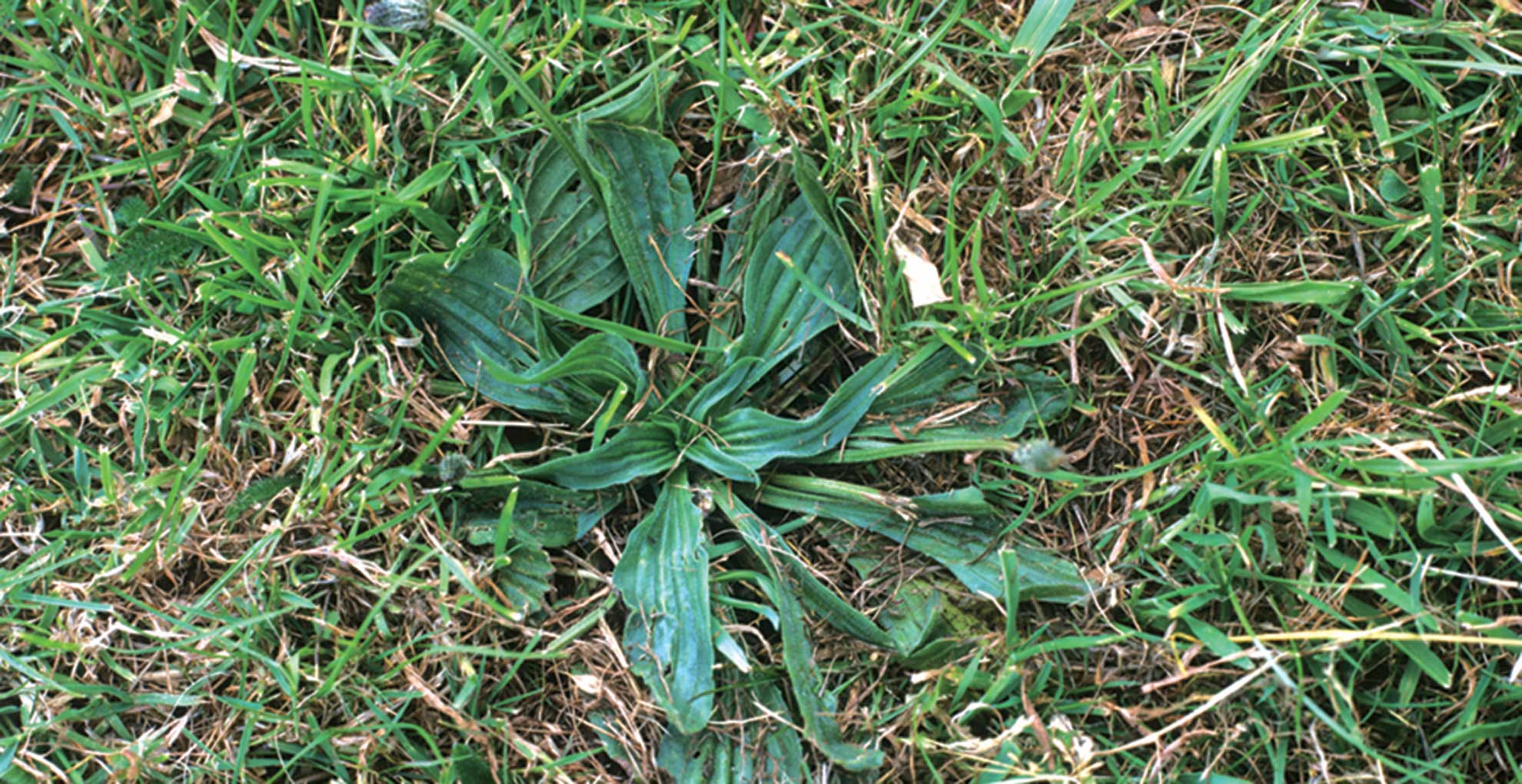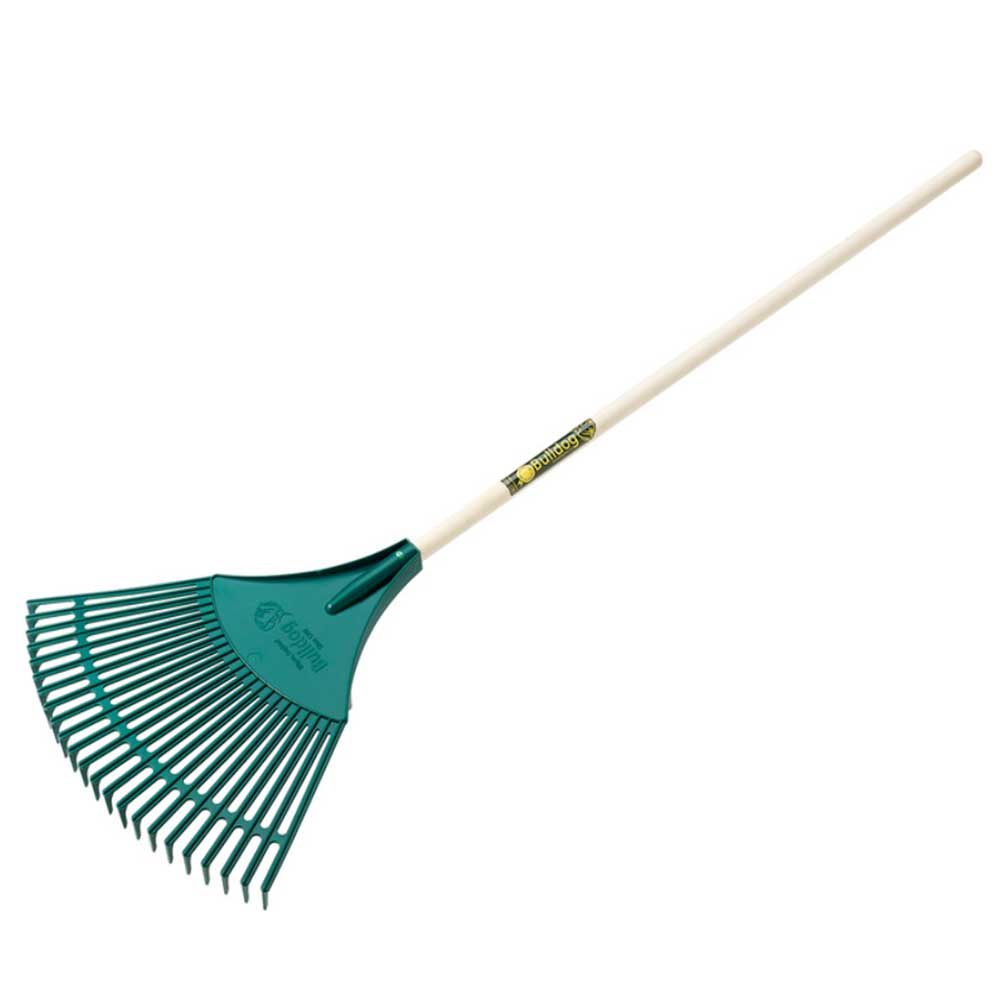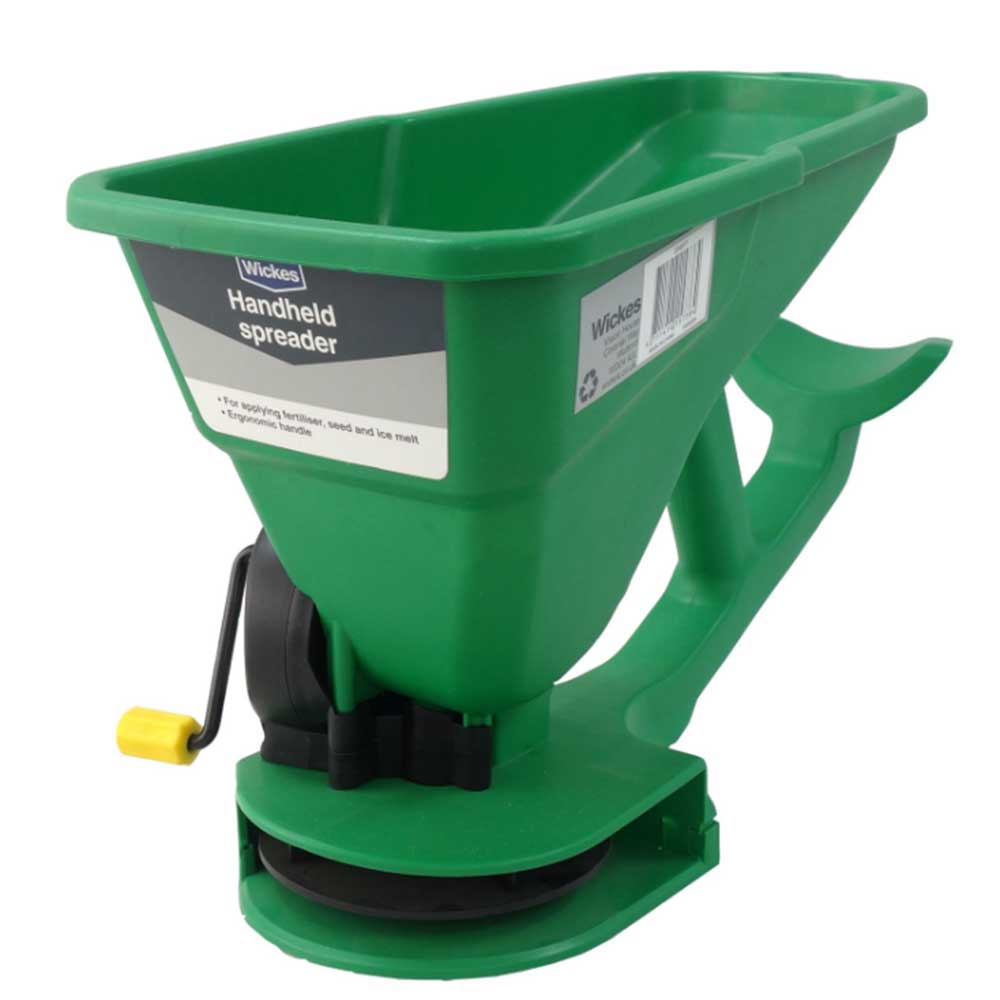
Now is the time of year to start asking the all-important lawn care questions, with when to overseed a lawn being a top priority because knowing when to plant grass seed in spring is all about timing.
It's so pressing right now because the window is relatively small for awakening dormant grass with care to provide the best steps of preservation for the summer months ahead. Avoiding common lawn care mistakes early on ensures healthier, happier grass later down the line.
Much like gauging when to first cut grass after winter it can seem all too easy to assume spring is 'ok' but there are several factors to consider besides the calendar alignment. So with that, we ask grass and lawn care experts when we should be overseeding lawns to offer professional guidance to give our plots the best chance to thrive.
When to overseed a lawn, according to experts
Spring is technically the best time to overseed a lawn but there are certain caveats to that. "To get the best results from overseeding, we are looking for the weather when the temperature is mild yet still tends to bring along plenty of rainy days, such as during months of spring or autumn," advises Chris
"For seeds to grow, they need the right conditions for germination. Seed germination relies on warm soil temperature, around 8-100C, and plenty of moisture, all of which can be experienced during spring and autumn in the UK."

"The best time to overseed a lawn is either in the springtime between March and May, or late summer into early autumn (so from the end of August to September), " agrees RHS-trained gardener Andrew O'Donoghue, who set up Gardens Revived with his brother to care for residential gardens and large estates with some exceeding 70 acres – many with historical significance.
"These stretches usually boast daytime temperatures that are still warm enough to encourage growth, as well as cooler nights to give new seedlings a break, not to mention a good amount of rainfall to help everything settle in."
"Avoid overseeding in high summer,” Andrew warns, as we know from essential summer lawn care tips, that hot summer conditions can play havoc with the well-being of grass.
How to overseed an existing lawn: 7 expert tips
It may be that your existing patch of grass has been lying dormant for the winter months and needs a bit of maintenance to restore it to its former glory.
"You may want to overseed your existing lawn and repair any bare or thin spots after the winter," suggests Chris. If that's the case here are his expert tips for getting the perfect finish:
- Firstly you need to remove any dead grass, weeds, or moss: You can do this by scarifying/raking the area. Chris shares his tip for getting rid of weeds, saying: "You can do this by digging weeds out by the roots, which helps ensure they won’t return. "However, if moss and weeds are seen across the entire surface of your garden and if your lawn is at least six months old, then our Feed, Weed and Moss Killer product will be the most effective solution. This works over two weeks to eradicate weeds and moss." It's best to leave the prepared area to cultivate for 10-14 days. This encourages dormant weeds to appear, which can be removed by hand.

- Once you have removed the weeds, moss and thatch from your lawn, you can mow it. "It’s best to do the mowing now because you won’t be able to for six weeks after sowing the new grass seed," Chris explains.
- Rake the area enough so that the soil is loose: Existing turf can be hard for the seeds to penetrate without the act of loosening the soil.
- Sow the seed at our recommended rate of 35g per meter squared: You can do this by hand or using a seed spreader. "Sow between 5mm and 10mm beneath the surface," Chris advises.
- Rake the seed in after sowing: This process ensures that the seed is completely covered in the surrounding soil.
- Firm down to improve seed-to-soil contact: This can be done by foot or by using a specialist roller.
- Water well: When overseeding an existing lawn you still need to water it well for up to 6 weeks – just keep an area where patches are more in need than others to avoid waterlogging your lawn.

RRP: £15.98 | This lightweight rake comprises a plastic head designed to allow for slight flexibility, allowing you to rake up leaves and moss without damaging the grass.

RRP: £10 | Enjoy a little help tackling the job with this 2L ergonomic design with arm support. Featuring 5 spreader settings allows it to tackle grass seed sowing with ease.

RRP: £32.99 | Optional, but handy to improve the seed-to-soil contact when sowing. This handy model boasts a 30 litre drum scraper bar to 'create a lawn worthy of a bowls green.'
As Chris stipulates earlier it's best to leave moving until at least 6 weeks before you mow your newly overseeded lawn. "Your lawn will be ready for its first mow when the grass is 5-7cm tall," he says.
When you do finally resume the routine of how often you mow the lawn be mindful to take a softer approach to the first cut after overseeding a lawn. "Mow the entire lawn (old and new grass) on the highest setting on your mower before dropping to the recommended height for your mix," advises Chris.






